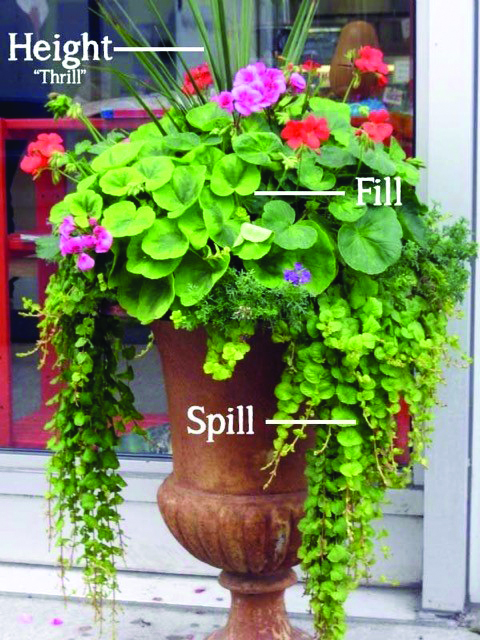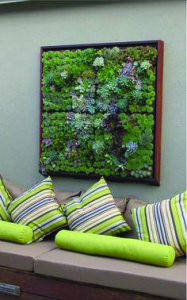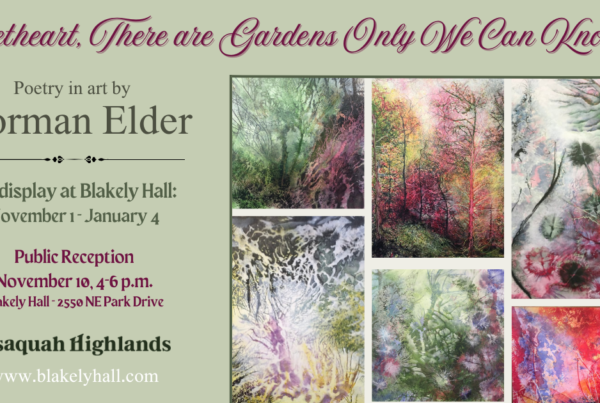
By Ryan Di Salvo, Ryan Di Salvo Design, Dahlia Park
Summertime is in full swing and the longer days mean more hours spent out of doors. We are fortunate to live in a part of the country that provides so much natural beauty, but there are still plenty of ways to spruce up your personal outdoor space to maximize your grilling and chilling time during the hotter months.
One of my favorite and least expensive ways to define outdoor space is with landscaping. Vegetable planters are an excellent way to add something extra special to your outdoor garden. Herb gardens are also wonderful and both provide fresh flavor for a summer’s worth of cooking or handcrafted cocktails. Our hot and dry summer this year present issues with watering plants. Look for self-watering containers to save you time and keep your plants properly hydrated.
If you are short on space and landscaping isn’t an option, carefully curated containers are the way to go. There are a few simple methods I employ when planting containers. For starters, more is better and less is a bore when it comes to container gardens. A grouping of planters creates more visual interest than just one or two containers sprinkled around the patio. It’s also a good idea to use a cohesive color scheme instead of several competing color combinations. I like to use neutral muted containers and let the natural beauty of the flowers provide the punch of color. Try a matching pair of medium to large scale urns to define a door way or walkway. There are cost effective options made out of plastic or fiber glass that look exactly like the heavy stone planters.
In deciding what to plant, I like the tried and true formula called the “Thrill-Fill-Spill” method. First, choose a plant with a lot of visual height that serves as the “Thrill” factor. Compositionally it looks best when the tall plant is placed in the center of the pot. Then add the “Fill” layer. This will be flowers or plants that serve to fill up all the negative space around the “Thrill” plant. This is a great layer to add color. Pack these fill plants in as densely as you can. The last layer is the “Spill” layer. This consists of several plants placed along the edge of the planter whose foliage will creep over the lip of the container and spill out creating a cascading effect.
Another design I’m seeing a lot of right now is vertical gardens, specifically vertical succulent gardens. I recently spotted some at Fred Meyer in sleek rectangular galvanized steel planters with the hanging hardware already attached. All you need is sturdy hooks in an exterior wall and they’re ready to go. What could be simpler? However, if you’ve got the DIY spirit, Pinterest is full of great tutorials using reclaimed wood and chicken wire to create your own vertical garden system. Succulents are a good low maintenance options versus planted herbs that require a lot of TLC. If your thumb is not particularly green (like mine), succulents are your best bet. A grouping of vertical planters look very fresh and modern in any space whether it’s outside on your patio or inside on a large accent wall.
So no matter what update you give your outdoor space, simple changes can create a big impact that you can soak up all summer long.





